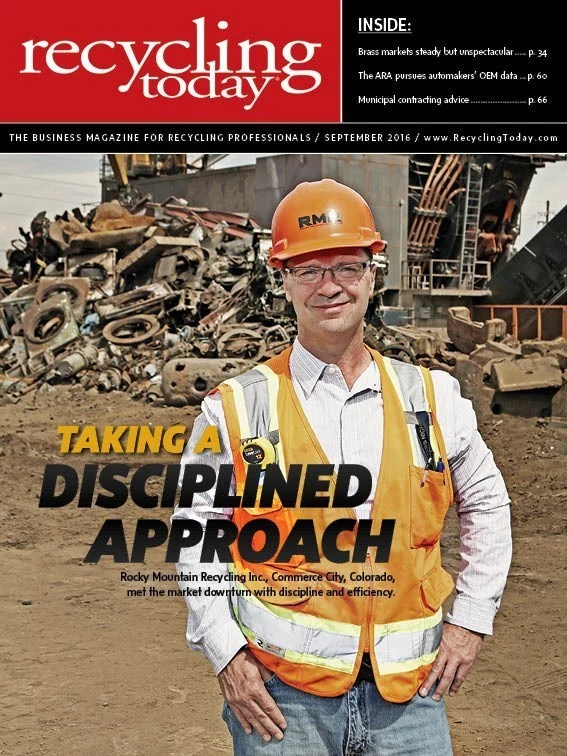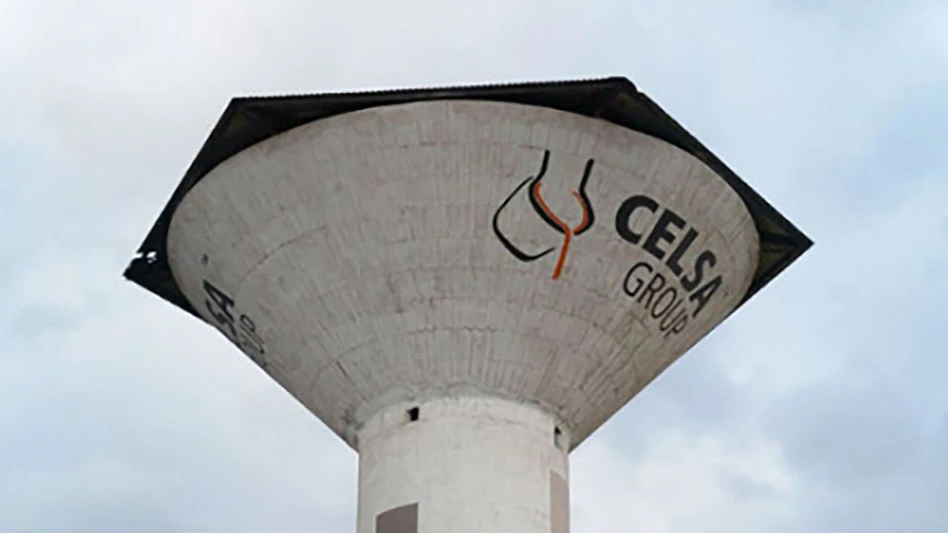As summer transitions into fall, recyclers are looking forward to a pickup in generation from the manufacturing sector.

While industrial generation varies regionally and by business sector, it tends to be slower across the board in the summer months in light of manufacturing slowing down. “We forecast [generation] to increase as companies ramp up for the holidays, whether that is manufacturing or retail generating packaging waste,” a recycler based in the Gulf Coast region says.
He describes the current state of domestic demand for recovered plastics as “steady to increasing.”
“We forecast [generation] to increase as companies ramp up for the holidays, whether that is manufacturing or retail generating packaging waste.” – a recycler based on the Gulf Coast
Recyclers may find that transporting orders to meet this demand is fairly economical right now, as the recycler says rates for domestic rail and truck shipments are “fairly competitive.”
Regarding demand outside of North America, a broker based in Brussels says Chinese and Indian authorities have been discouraging imports of plastic scrap. “India had placed a ban on imports of solid plastics waste in April 2016,” he says. However, this decision was reversed in July in response to pressure from recyclers in India, the broker adds.
Polyethylene (PE) demand has increased sharply in India, while demand for lower-grade materials has decreased, he says.
Regarding demand from China, the broker says that while it is steady currently, he expects it to slow in response to upcoming holidays, including Mid-Autumn Day, which will be celebrated Sept. 15-17, and National Day, which will be celebrated Oct. 1-3.
The broker adds that demand for polystyrene (PS) and polyethylene terephthalate (PET) has remained stable in most regions.
The recycler based in the Gulf Coast region adds, “Any region where shipping rates are competitive for export, we are still seeing heavy buying activity for commercial plastic scrap grades as well as OCC (old corrugated containers).”
He continues, “Houston is a growing port, and the opening of the Panama Canal to handle more ships will increase the flow in/out of Houston. Also, with the new PE production coming online in the region, we will see export volumes grow.”
IHS, Englewood, Colorado, has estimated that more than 24 million metric tons of new PE capacity will be added globally from 2015 through 2020, with more than one-third of that, or 8 million metric tons, coming from the U.S. This figure does not include a recent announcement from SABIC and an affiliate of Exxon Mobil Corp., which are considering developing a jointly owned petrochemical complex on the U.S. Gulf Coast.
If developed, the project would be located in Texas or Louisiana near natural gas feedstock and would include a world-scale steam cracker and derivative units, the companies say. The 1.8 million metric ton per year ethylene-capacity steam cracker would feed a monoethylene glycol plant and two PE plants.
Regarding the possible project, Neil Chapman, president of ExxonMobil Chemical Co., says, “We have the capability to design a project with a unique set of attributes that would make it competitive globally. That is vitally important as most of the chemical demand growth in the next several decades is anticipated to come from developing economies.”

Explore the September 2016 Issue
Check out more from this issue and find your next story to read.
Latest from Recycling Today
- Greenwave Technology pares back losses in Q3
- Lindner shredders prepare Brazilian plastic for recycling
- China ups steel output while other nations cut back
- ReElement, Posco partner to develop rare earth, magnet supply chain
- Comau to take part in EU’s Reinforce project
- Sustainable packaging: How do we get there?
- ReMA accepts Lifetime Achievement nominations
- ExxonMobil will add to chemical recycling capacity





